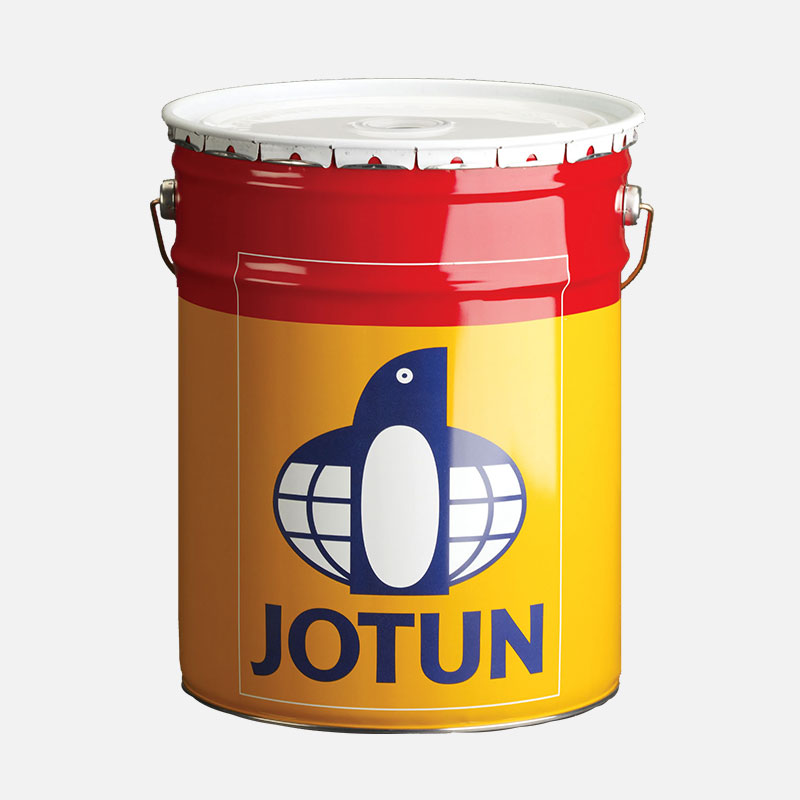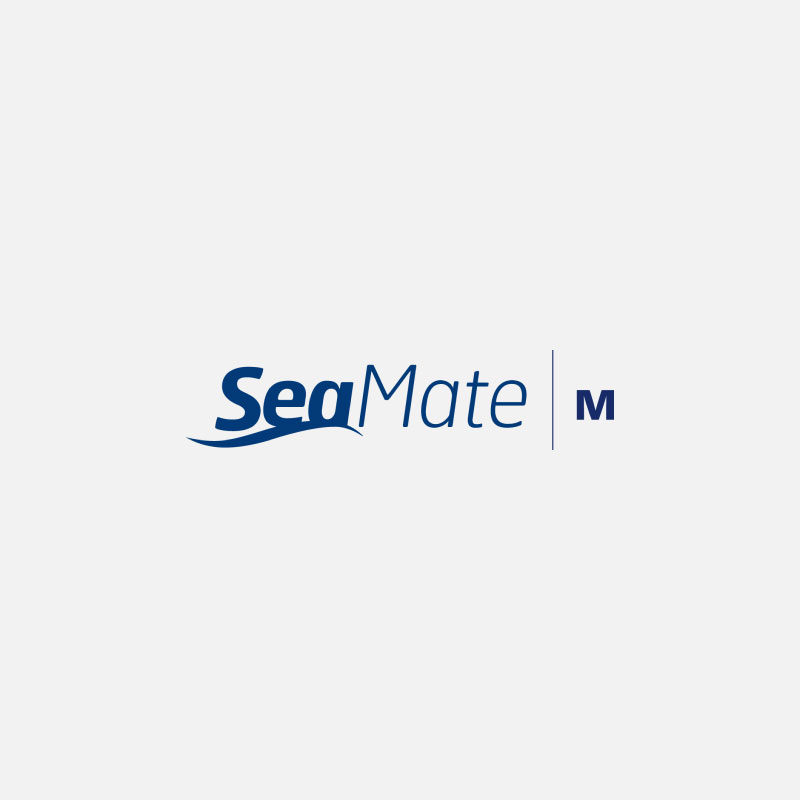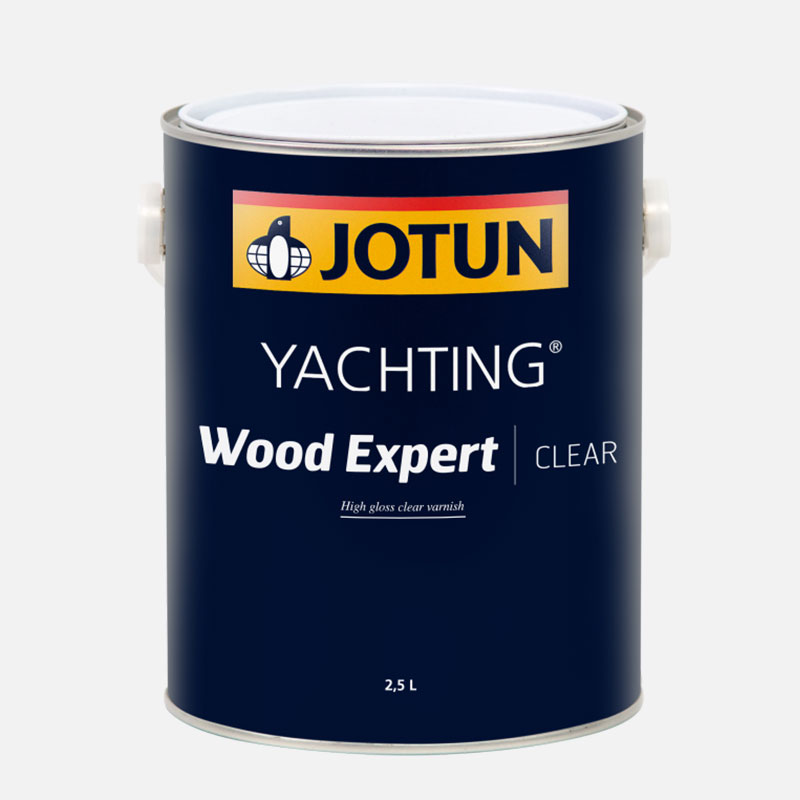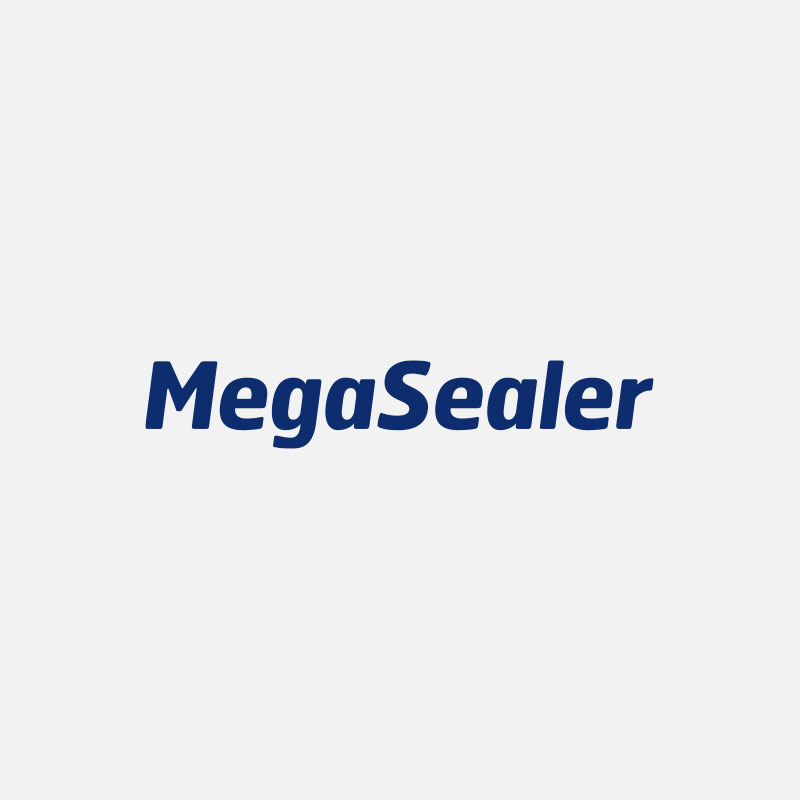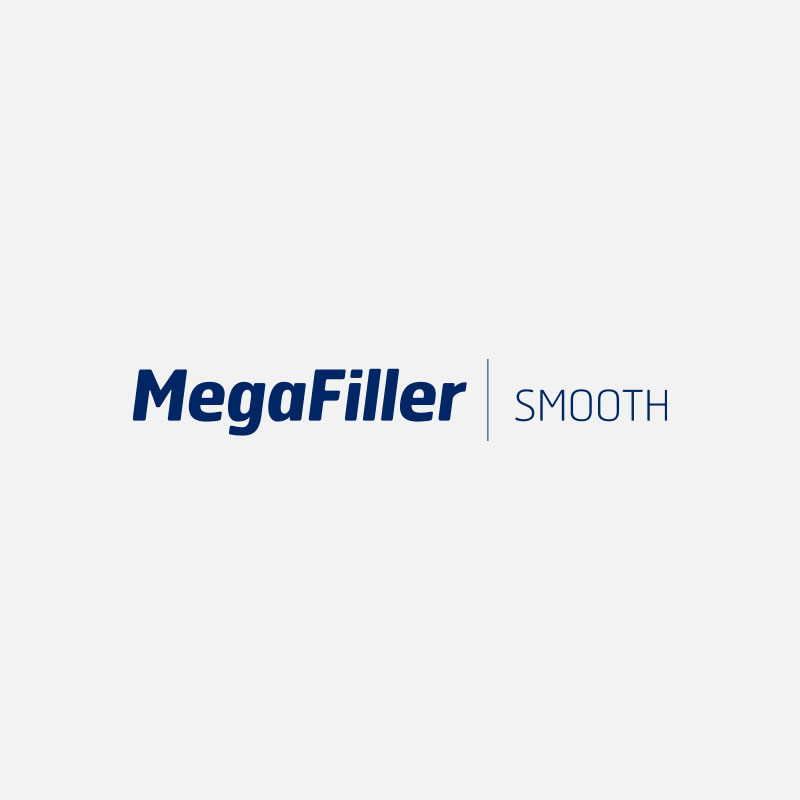SeaMate M is based on a patented one-component hydrolysing silyl acrylate binder system, which provides both excellent fouling protection and good hull performance with reduced leach layer thickness. Verifiable reduction of speed loss of 4.0% across all vessel types in global and coastal trade.
SeaMate M can reduce fuel consumption and carbon emissions by up to 5.7% and enables low frictional resistance on the underwater hull providing successful, reliable and long-lasting protection, helping customers to maintain speed and schedule with an extended docking interval of up to 90 months. It is only recommended for underwater hull applications in drydockings.
The trusted silyl formulation in SeaMate M, combined with an optimal, triple biocide package, delivers reliable long-term fouling protection and energy efficiency of the hull with a consistent 25 idle day ability.
SeaMate M is tributyltin-free and cybutryne free and complies with the IMO Antifouling System Convention (AFS/CONF/26).
SeaMate has been the trusted brand in the silyl range of anti-fouling coatings and has been a choice for over 9,000 applications over the last decade.
Key features
- Silyl Acrylate technology
- Estimated average 4.0% speed loss
- Up to 5.7% fuel savings
- Suitable for broad range of activity
- Consistent 25 idle day protection
- Optimal triple biocide package
- Tailor-made for drydockings
- Up to 90-month drydocking intervals
Technical details
Technology: Silyl acrylate antifouling
Substrates: Coated surfaces
Compliant with IMO Antifouling System Convention AFS/CONF/26 + IMO MEPC.331(76).
Does not contain tributyltin (TBT) or cybutryne.
Technical Data Sheets
Safety Data Sheets
Application Guide
Related products
-
Wood Expert Clear
A clear, high gloss boat varnish that is easy to apply with excellent levelling and gloss retention
-
MegaSealer
Jotun Yachting MegaSealer is a high-build, epoxy-vinyl tie-coat/sealer with added anti-corrosion protection.
-
MegaFiller Smooth
MegaFiller Smooth is a finishing filler that provides high tensile strength and excellent sanding properties for a superior smooth finish.
